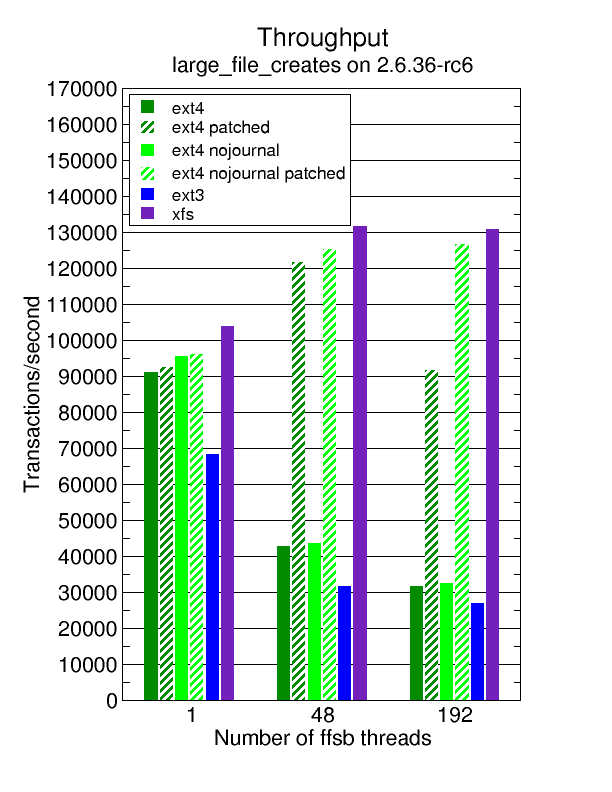Originally posted by Zetbo
View Post
Larry Ellison said that Linux is for lowend, and Solaris is for Highend. I cant find that link now, but if you want, I can google for that link. He also said
Ellison now calls Solaris "the leading OS on the planet,"
But I am surprised that DTrace comes to Linux, because DTrace is much better than anything Linux has. Does really Larry want Linux to be as good as Solaris?
There is a huge technical post by a famous DTrace contributor, where he compares Systemtap to DTrace. Among others, he says that Systemtap might crash the server which makes it not usable for production servers. Whereas DTrace is safe and can be used in production servers. He goes on and on, and it seems that Systemtap has missed some of the main points of having a dynamically instrument like DTrace.
But if DTrace comes to Linux, that is good for Linux. Here is the main architect of DTrace, trying out Linux DTrace.





Leave a comment: